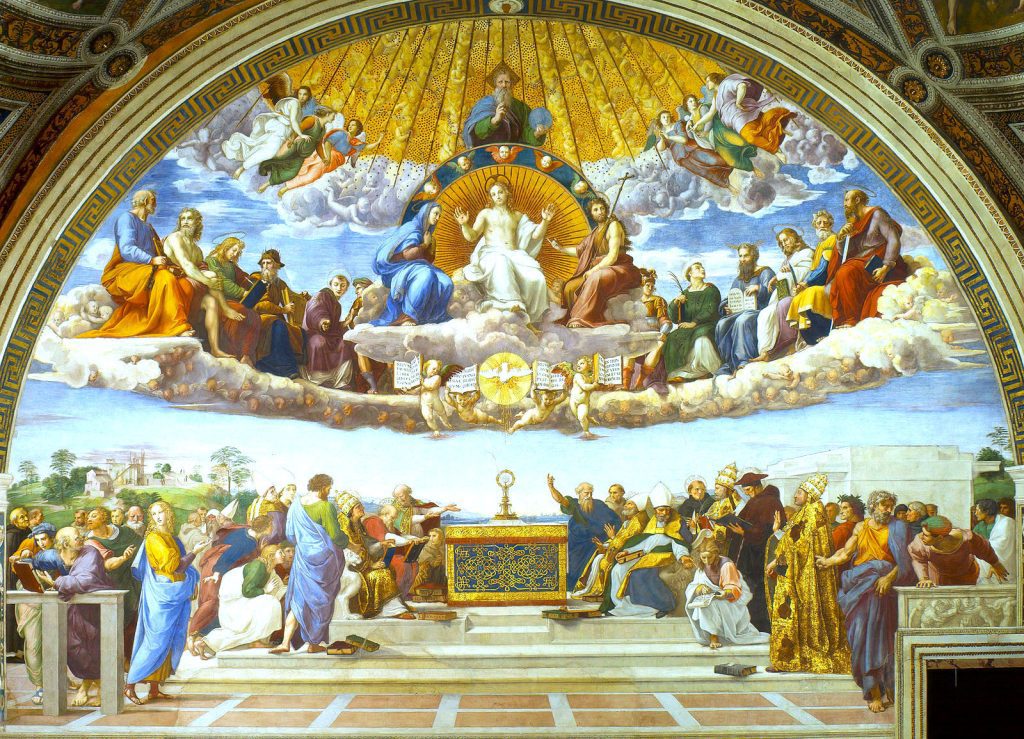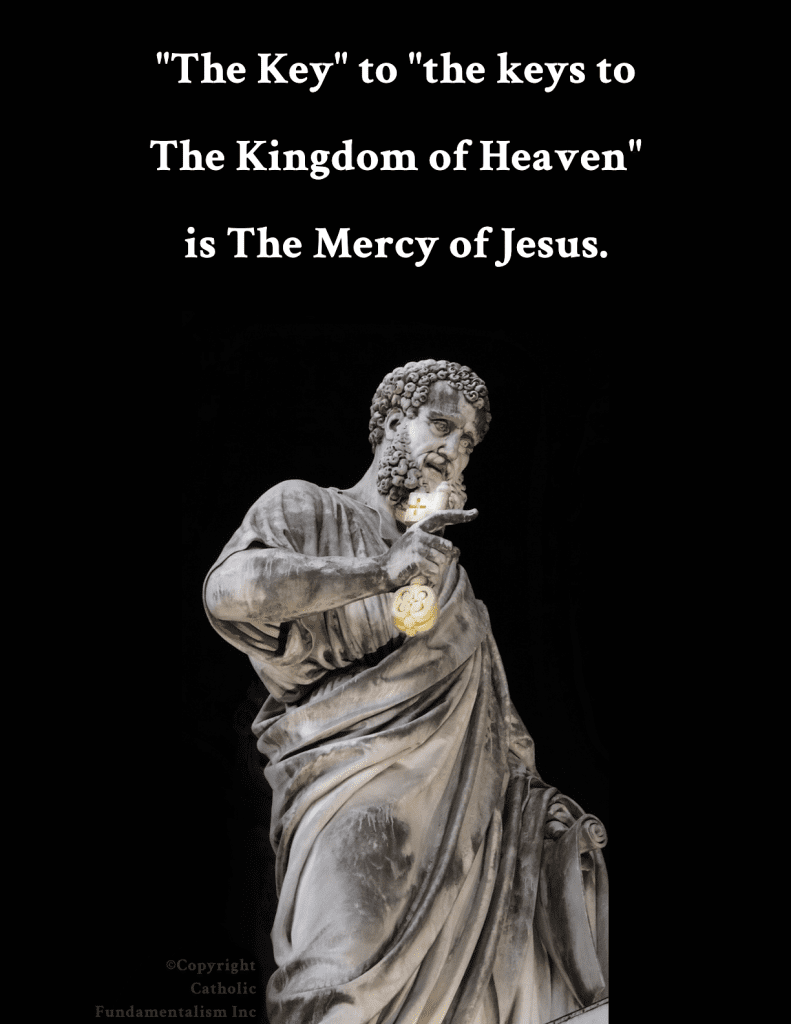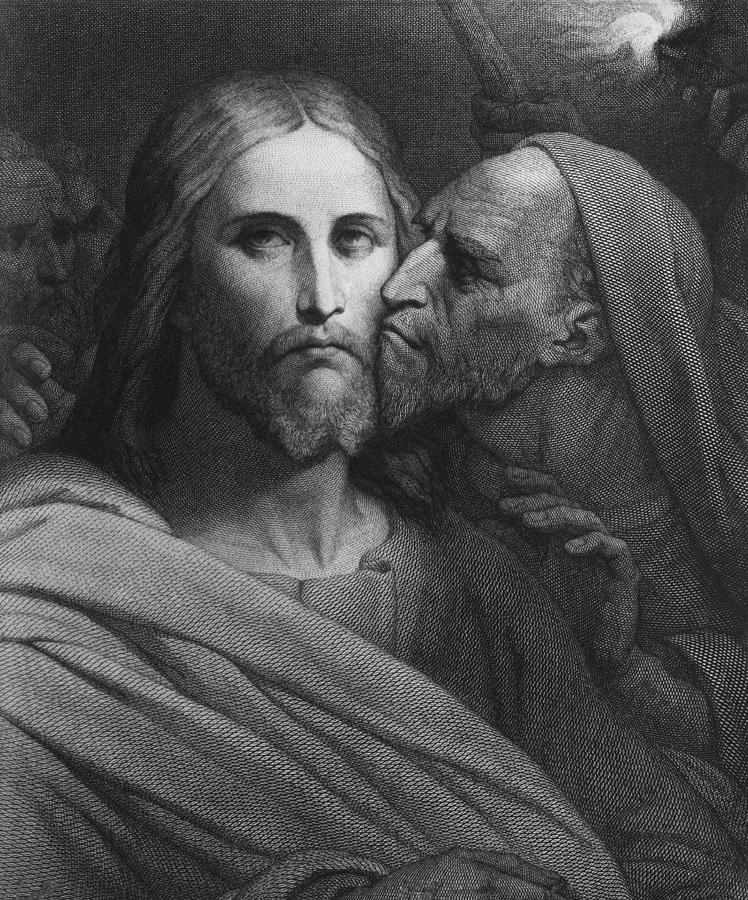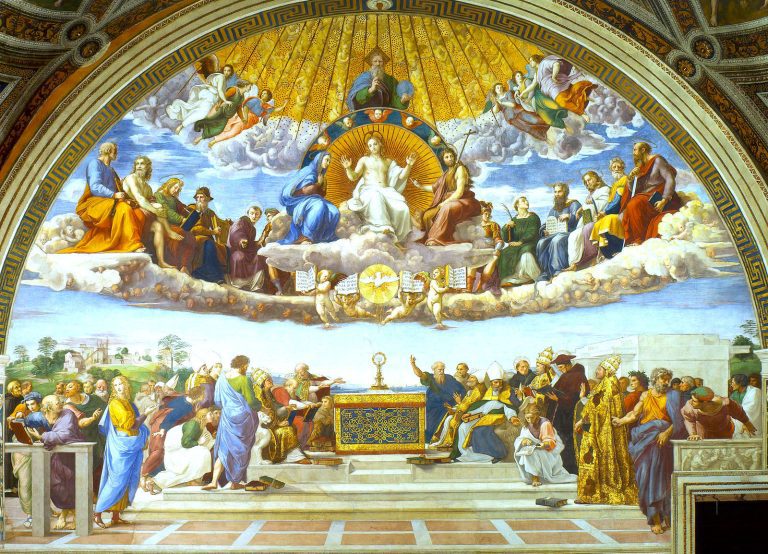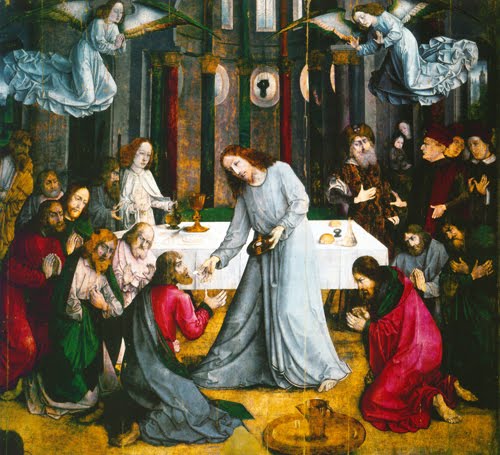Every truth has at least one opposing lie. In the theological sphere, the truth “There is a God” is opposed by the lie, “There is no God.” In economics, the truth “There is no free lunch.” is countered by the lie, “Deficit spending will solve our economic problems.”
We can watch the lies and truths being told about any given situation or happening. Sometimes, we can see lies and truth reverse themselves. “We are running out of energy.” seemed to be a truth. But, the vast fields of shale gas, a mile or two deep, have made that into a lie. Now, we see that what was a widely believed truth was, in fact, a lie so huge that it had to be propped up by endless lies from those highly paid to do so.
Some people, once thought to be mistaken, deluded, or liars, have been saying for decades that “There’s plenty of oil and gas. All you have to do is drill more deeply.” Those people turn out to have been telling the truth. The others were telling lies.
The common denominator of the battle between lies and truths? People pay to have the lies told more often than they pay to have the truth disseminated. As a rule, when we consider lies, we are able to see at least some of the cash flows behind them, and learn. Usually, it is the sellers of goods and services who tell lies proclaiming that what they sell and do is in short supply. The obvious reasons? Increased profit margins are available to those who are selling that which is believed to be scarce.
We ask the ancient question, “Qui bono?”, ” Who benefits?” It is a way to separate truth from lies. It helps burst bubbles. It helps us understand what’s going on around us.

